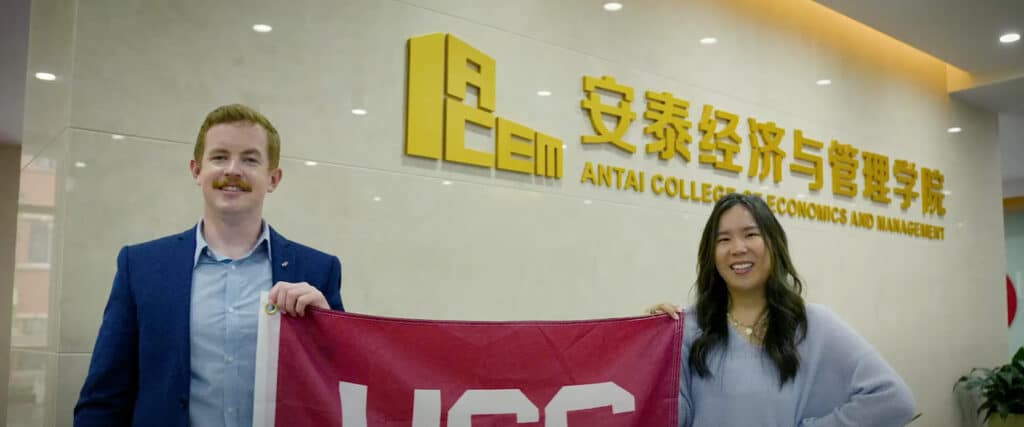Staying hopeful amidst climate change and the sand crisis
In response to sustainability becoming increasingly urgent, students like Kaylen Chung are taking charge. She is part of the first cohort of Georgetown’s MS in Environment and Sustainability Management program. Kaylen discusses her educational journey, the surprising depletion of sand as a resource, and the importance of remaining hopeful in the face of climate change.






